TOP 10 WAYS TO SAVE MONEY ON FOOD

Discover the top 10 effective strategies to save money on food, from buying local produce and using coupons to cooking from scratch and making a core menu. Learn how to cut costs without sacrificing quality, ensuring you make the most of your grocery budget.
BUY LOCAL PRODUCE
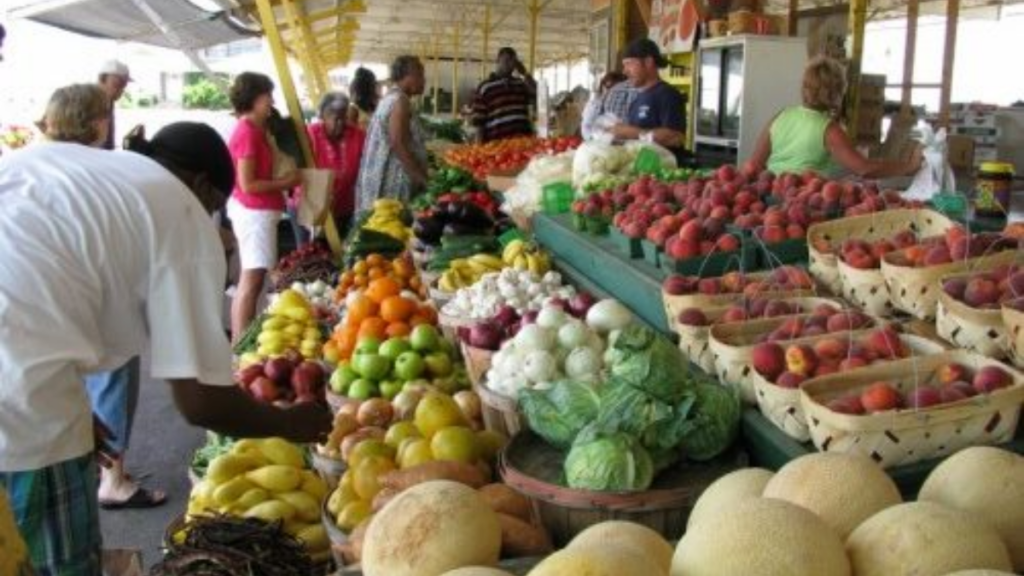
Buying local produce will always be cheaper than transported goods because you are not paying transportation costs, and it is these costs that are growing the most rapidly at present. Furthermore, you get to build up a good relationship with members of your local community and get the freshest fruit and vegetables. This also means you are eating seasonal produce and not something frozen for a year before it hits the shops. Why pay twice the price for last year’s apples when you can get apples that have just come off the tree?
USE COUPONS
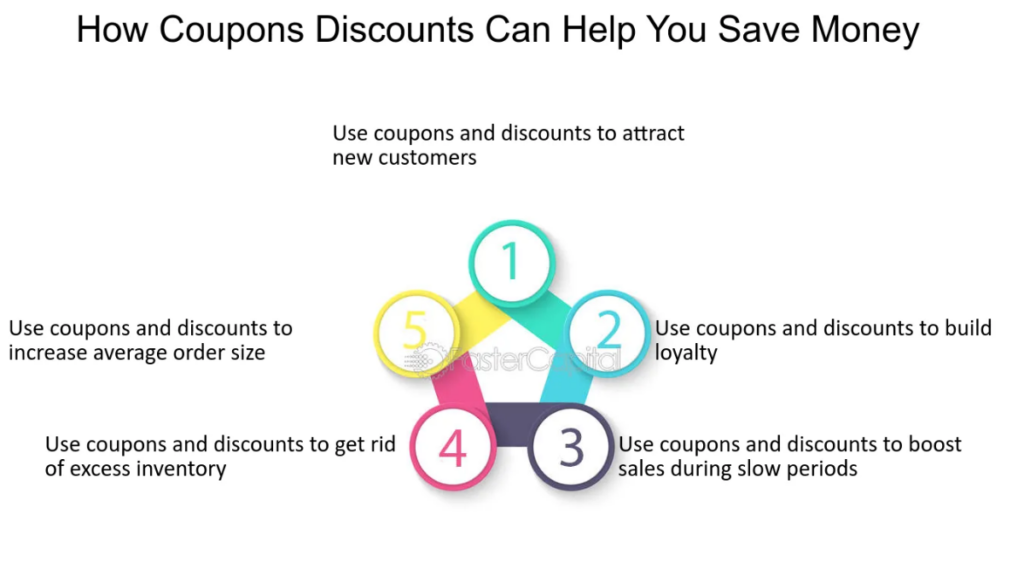
Coupons are an excellent way to save money. Some shops use “loss leaders,” when they sell goods at cost or less than cost. The aim of loss leaders is to draw customers into the store. Take advantage of this and shop at a few different places—buying only coupon items. You will be amazed at how much money you can save. But be warned—just like bulk buying—do not buy items you do not need just because they are so inexpensive. You are not saving any money when you buy something you don’t need.
COOK FROM SCRATCH

Cooking from scratch is one of the best ways to save money in shopping. Pre-packaged and pre-cooked meals are expensive; every step in the process of turning raw food into prepared food adds more to the price. This is true of cuts of meat as well: chicken with the skin and bones intact costs a lot less than skinned and boned chicken breasts. For the two minutes of work you save when buying pre-cut meat, it is hardly worth paying a premium price. Cooking from scratch will not only save you money, but it will also make you healthier as your food will not contain preservatives and chemicals. Also, you can quite often cook a meal from scratch in the same time as it takes to open and heat a pre-made meal.
BUY STORE BRANDS

Not only are store-brand goods almost always cheaper, but often they contain the very same food as a label brand. This is true not just of food but also clothing. It is definitely not worth paying twice the price just for a fancy label when the quality of the goods is identical. We certainly wouldn’t buy a Kia with a Mercedes logo on it for twice the price as a Kia with the Kia logo. Why do it with food?
BUY IN BULK
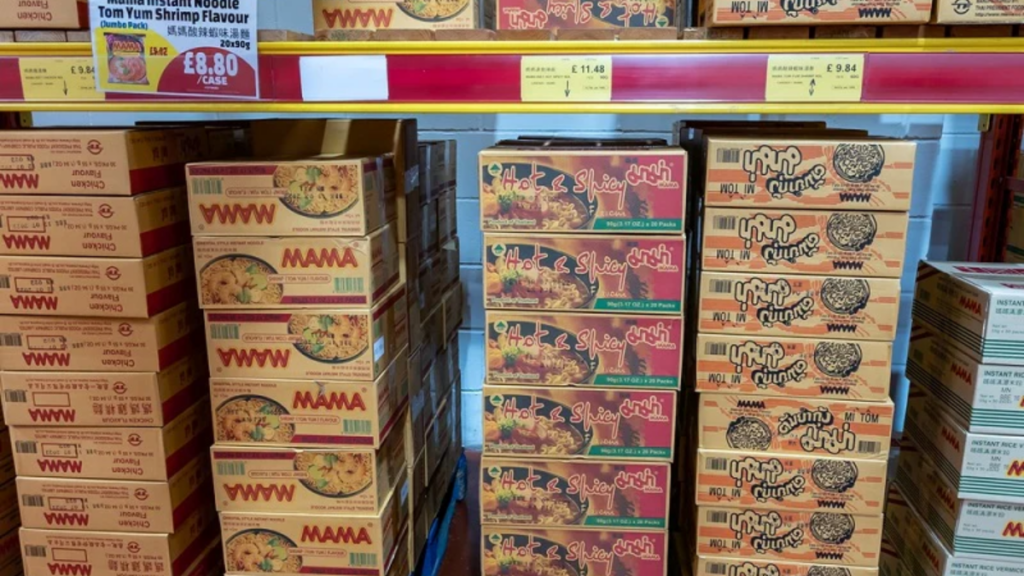
Buying in bulk is almost always cheaper than buying small portions. It is important to remember, however, this is not an effective shopping tool if you are buying bulk items that you don’t normally use. Bulk shopping should be reserved for the items you use regularly and in large quantities. For example, if you bake your own bread, you should buy the largest sack of flour you can, but if you never bake your own bread, you should not buy bulk flour. This seems like an obvious point, but a lot of people get so enthusiastic about the savings they buy unnecessary goods.
MAKE A CORE MENU
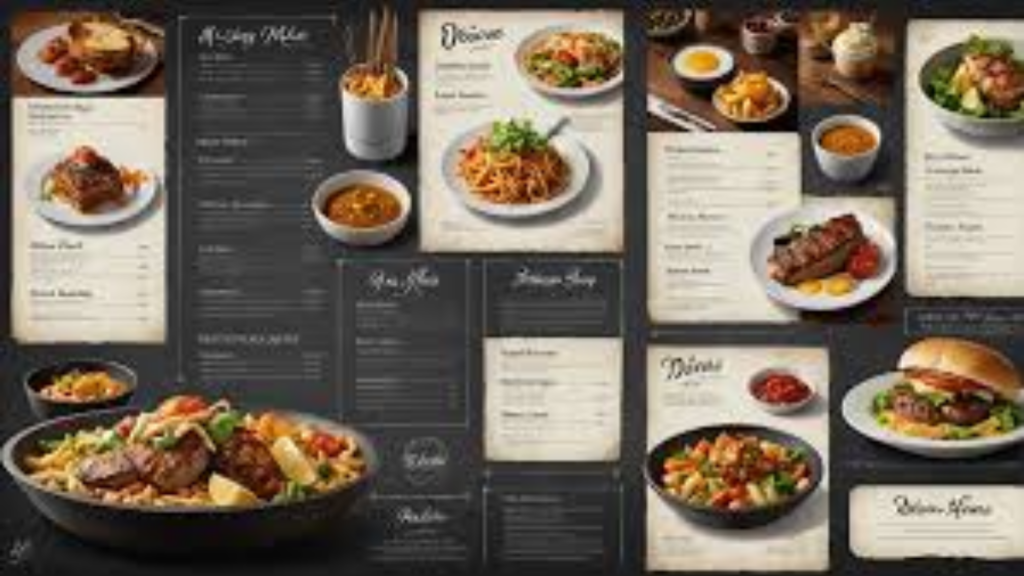
It is a good idea to make a core menu for the week—a menu that doesn’t change from week to week. This may include things like sausages and mashed potatoes, fried chicken, Caesar salad, and so on. By adding five regular meals, you can control the cost of your shopping, and as time goes on, you can learn ways to make shortcuts and save more money. Furthermore, one large bag of potatoes can be used up in two weeks instead of half a bag sitting around spoiling. Use your extra two days to add a special meal—something that changes every week so you don’t get bored with your meals.
KEEP LEFTOVERS
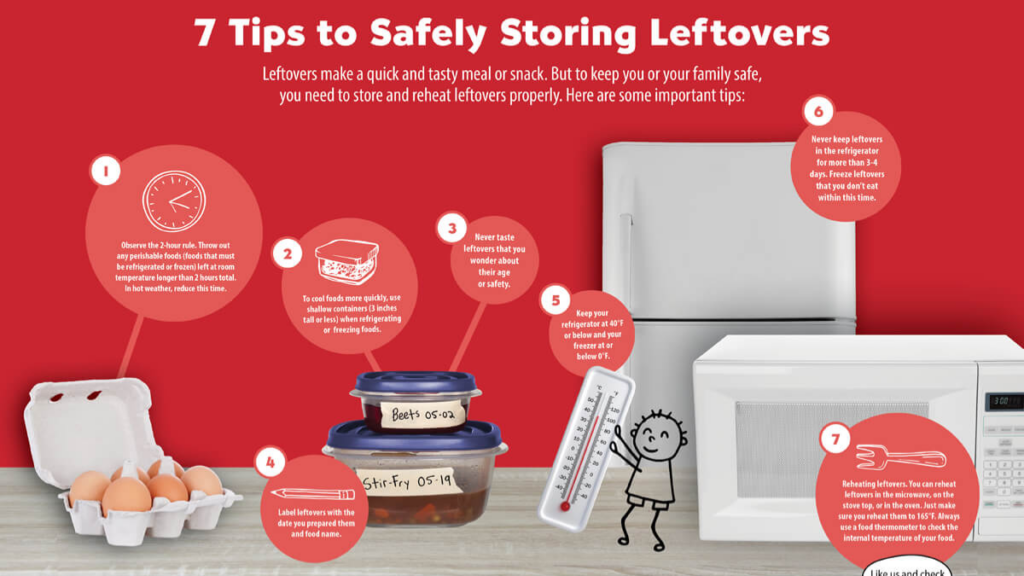
Supermarkets have a tendency to package items in odd numbers, such as a pack of three steaks when you only want two. This can work to your advantage: buy the three-pack, cook it all, and save one piece for lunch the next day. This is true of all leftovers—they can either be reheated and eaten the next day, frozen for later use, or recycled in another meal (when you cook leftovers it is called réchauffé). Leftover chicken from a roast can be turned into a hearty chicken soup, and leftover cooked meat can be ground (minced) and made into a pie filling; the list is endless. Just remember (number 9) that recipes are not going to help you to cook with leftovers—you need to just dive in and give it a try.
SHOP ONLINE

When I shop online with a list (see number 10), my grocery bill is more than halved. Supermarkets are designed by specialists who know how to convince you to buy things you don’t want. Every item is placed in such a way that it will entice you. The supermarkets have become incredibly good at this, as is evidenced by my half-price shopping bill when I don’t go to the store. You usually save so much money that the small delivery fee charged by some online shopping stores is worth paying. Make sure to follow tip 10 and buy only what is on your list—nothing more.
STOP USING RECIPES
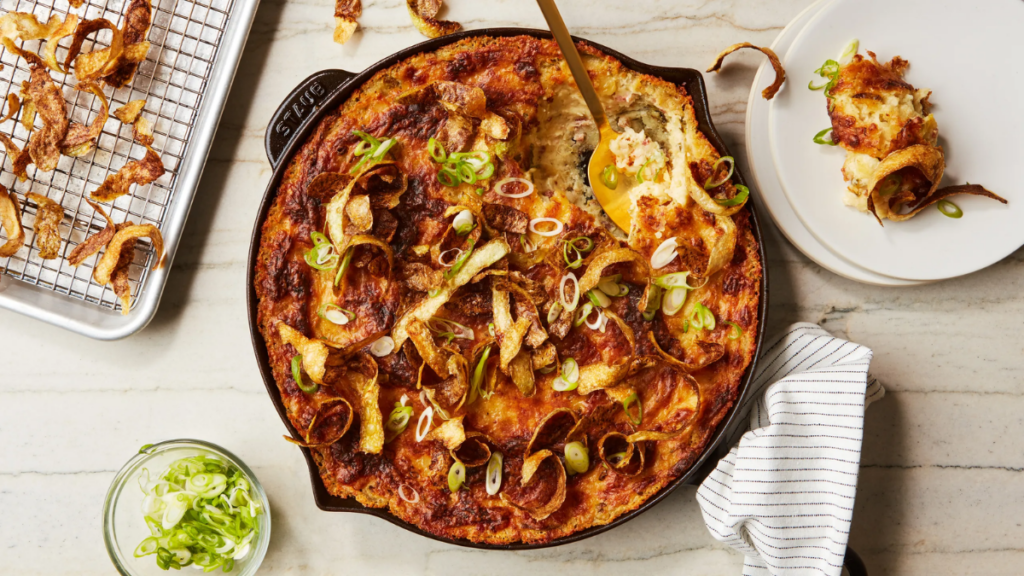
Cooking from recipes is great if you are not the most confident cook, but if you force yourself to experiment with food, you can use up all the bits and pieces left over in the refrigerator and cupboards that might otherwise just sit there and spoil. If you try to empty your cupboards between shopping you will save a fortune; in some cases, you will find you can skip a whole week of shopping. When you are trying to save money, you have to give up the idea of luxury meals every day.
MAKE A LIST

When you are shopping for food, it is important you make a list—this will help avoid buying things you do not need. The highest cost of shopping is almost always the unexpected extras you don’t really need. Making a list also helps you to realize just how much food you are buying—you would be surprised how much “deadwood” you can cut out. This is particularly effective when used in conjunction with numbers 6 and 8.


